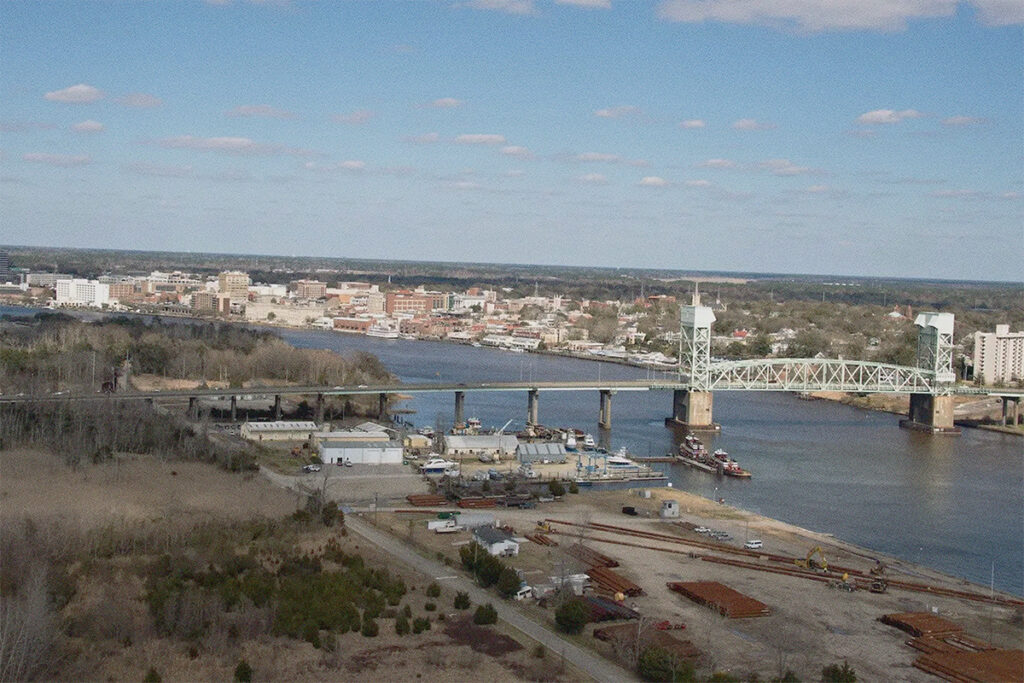
Phase 1 of this report is the first of its kind plant-by-plant accounting of the production, use, and releases of chlorine and related pollution around the world. It is intended to inform the efforts of building product manufacturers to reduce pollution in their supply chains.
Chlorine is a key feedstock for a wide range of chemicals and consumer products, and the major ingredient of polyvinyl chloride (PVC) plastic. The report includes details about the largest 86 chlor-alkali facilities and reveals their connections to 56 PVC resin plants in the Americas, Africa and Europe. (The second phase of this project will inventory the industry in Asia.) A substantial number of these facilities, which are identified in the report, continue to use outmoded and highly polluting mercury or asbestos.
Demand from manufacturers of building and construction products now drives the production of chlorine, the key ingredient of PVC used in pipes, siding, roofing membranes, wall covering, flooring, and carpeting. It is also an essential feedstock for epoxies used in adhesives and flooring topcoats, and for polyurethane used in insulation and flooring.
Key findings include:
- In the United States, the chlor-alkali industry is the only industry that still uses asbestos, importing 480 tons per year on average for 11 chlor-alkali plants in the country (including 7 of the 12 largest plants).
- The only suppliers of asbestos to the chlor-alkali industry are Brazil (which banned its production, although exports continue for the moment) and Russia, whose Uralasbest mine is poised to become the sole source of asbestos once Brazil’s ban is in place.
- The US Gulf Coast is the world’s lowest-cost region for production of chlorine and its derivatives. It is home to 9 facilities that use asbestos technology, and some of the industry’s worst polluters including 5 of the 6 largest emitters of dioxin.
- One Gulf Coast facility has been found responsible for chronic releases of PVC plastic pellets into the Gulf of Mexico watershed.
- The US, Russia and Germany are the only countries in this report that allow the indefinite use of both mercury and asbestos in chlorine production.
- The world’s two largest chemical corporations – BASF and DowDuPont – have not announced any plans to phase out the use of mercury and asbestos, respectively, at their plants in Germany.
- Chlor-alkali facilities are major sources of rising levels of carbon tetrachloride, a potent global warming and ozone depleting gas, in the earth’s atmosphere.
- Far more chlorinated pollution, such as dioxins and vinyl chloride monomer, is released from chlor-alkali plants that produce feedstocks for the PVC industry than from plants that produce chlorine for other uses.
Supplemental Documents:



